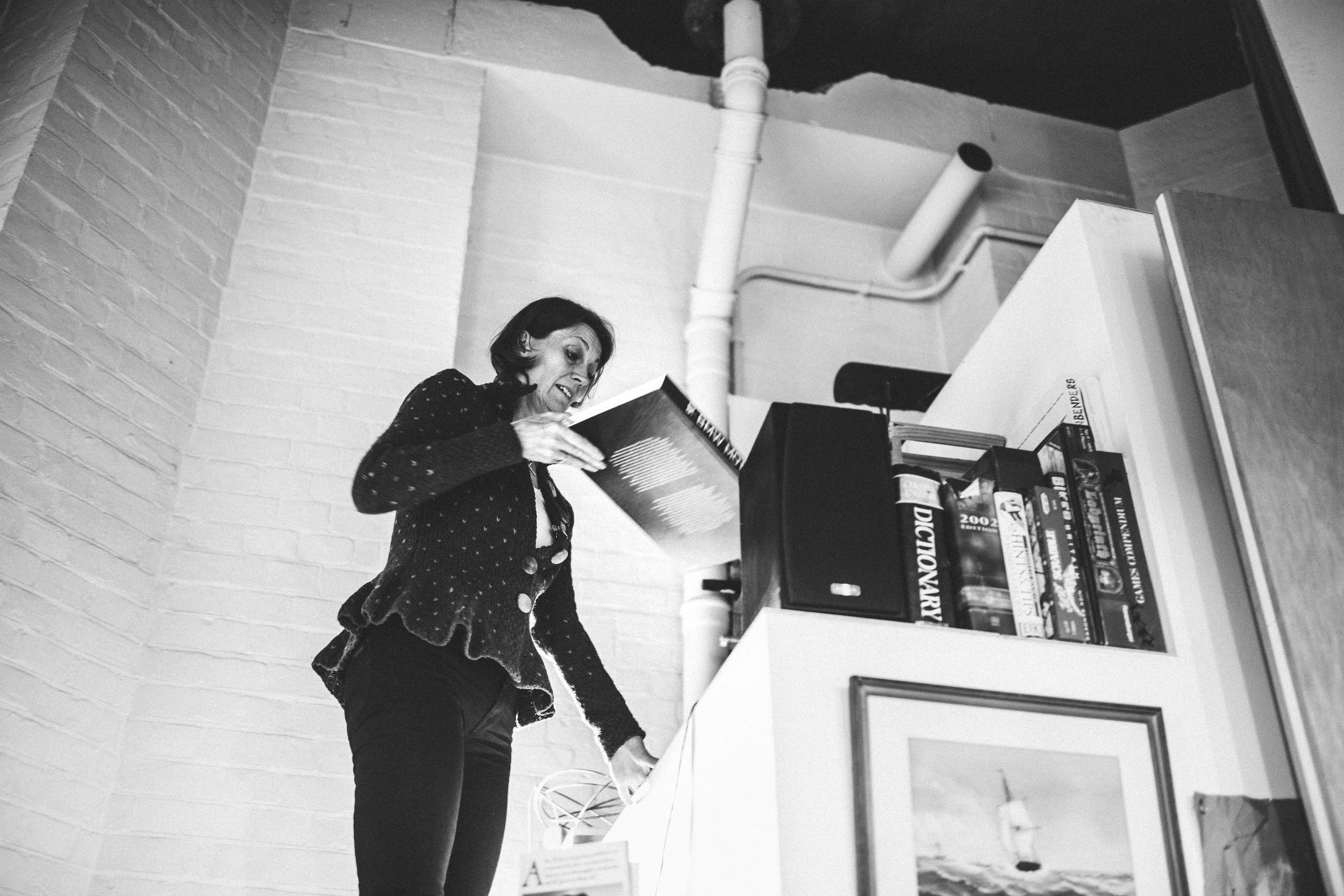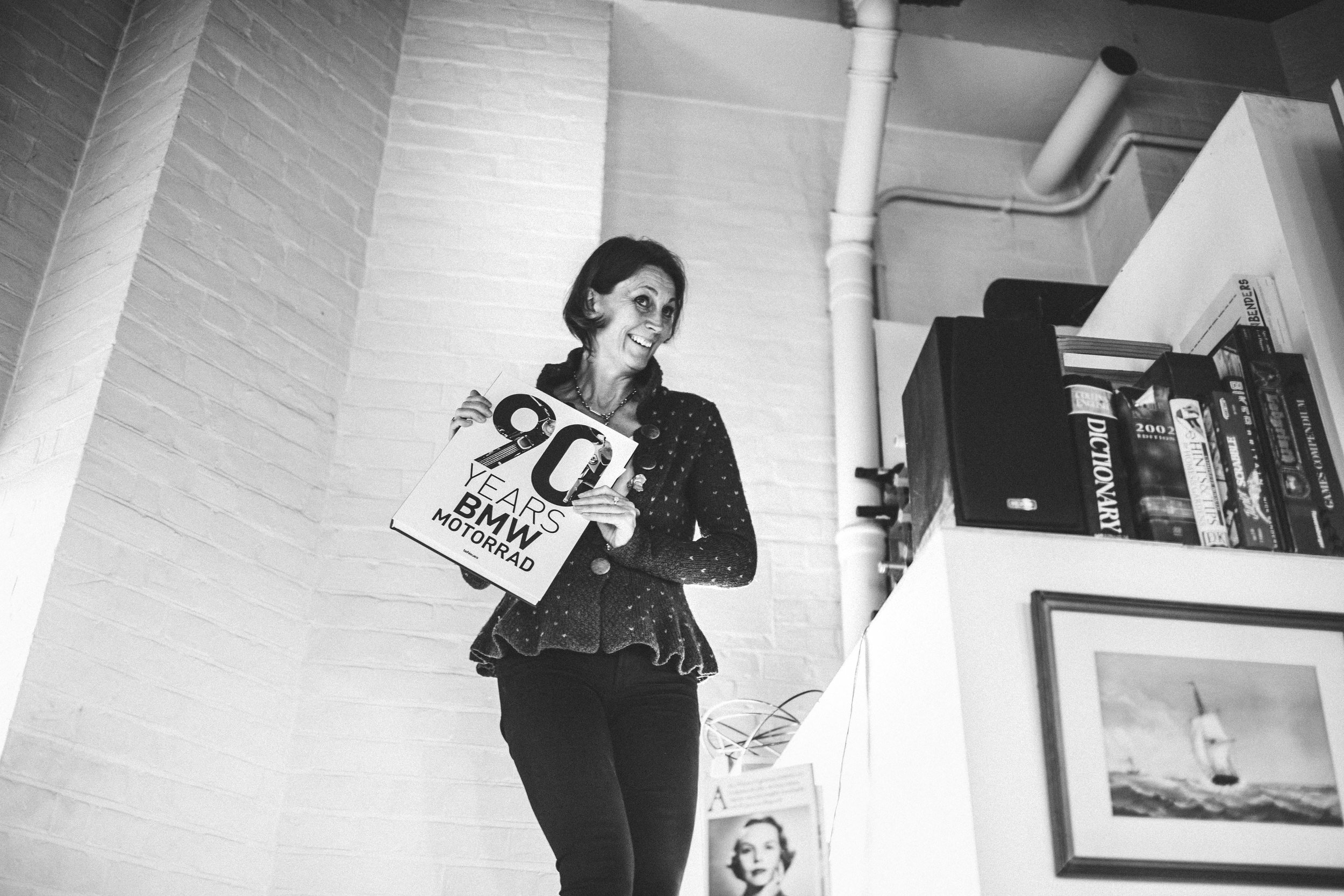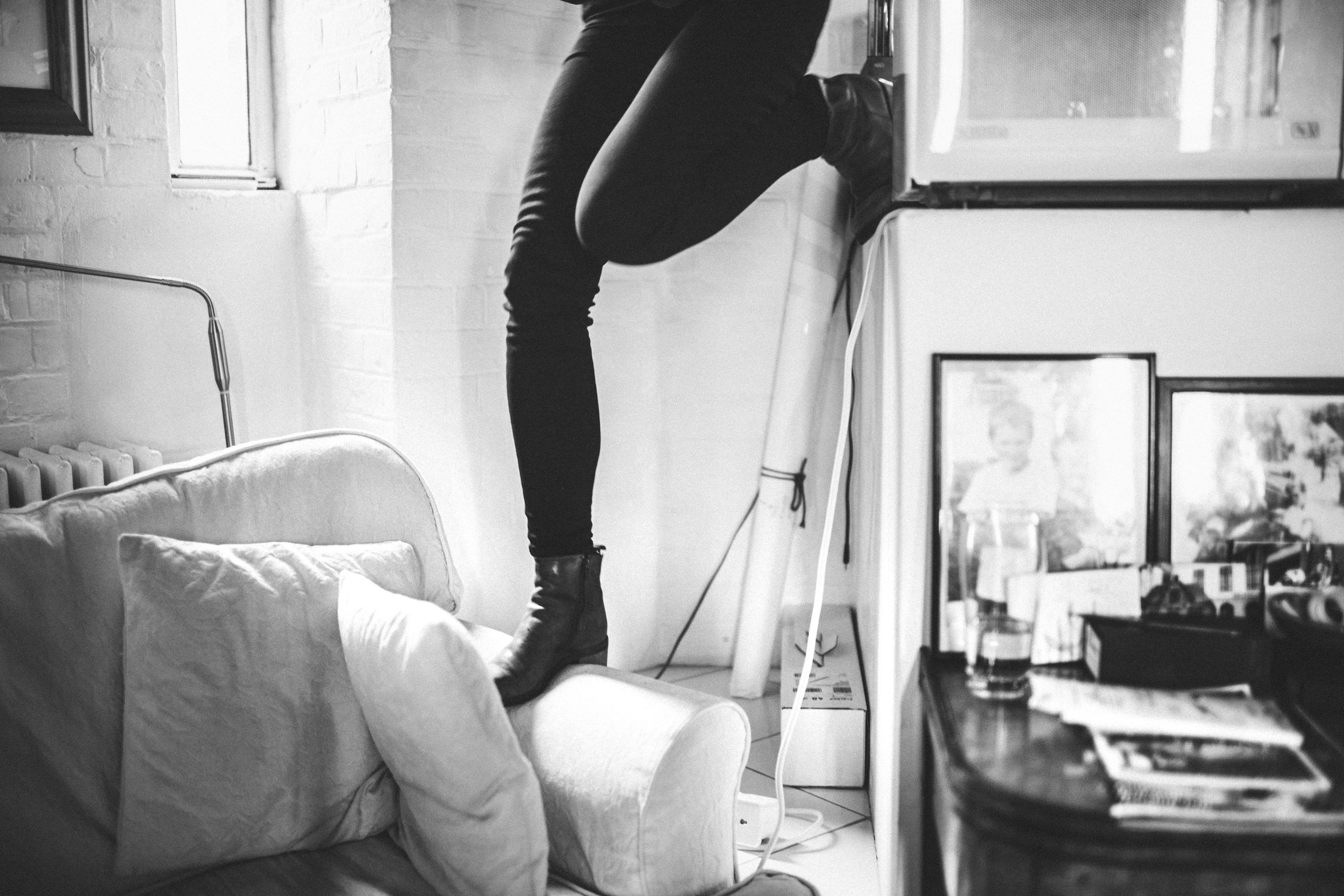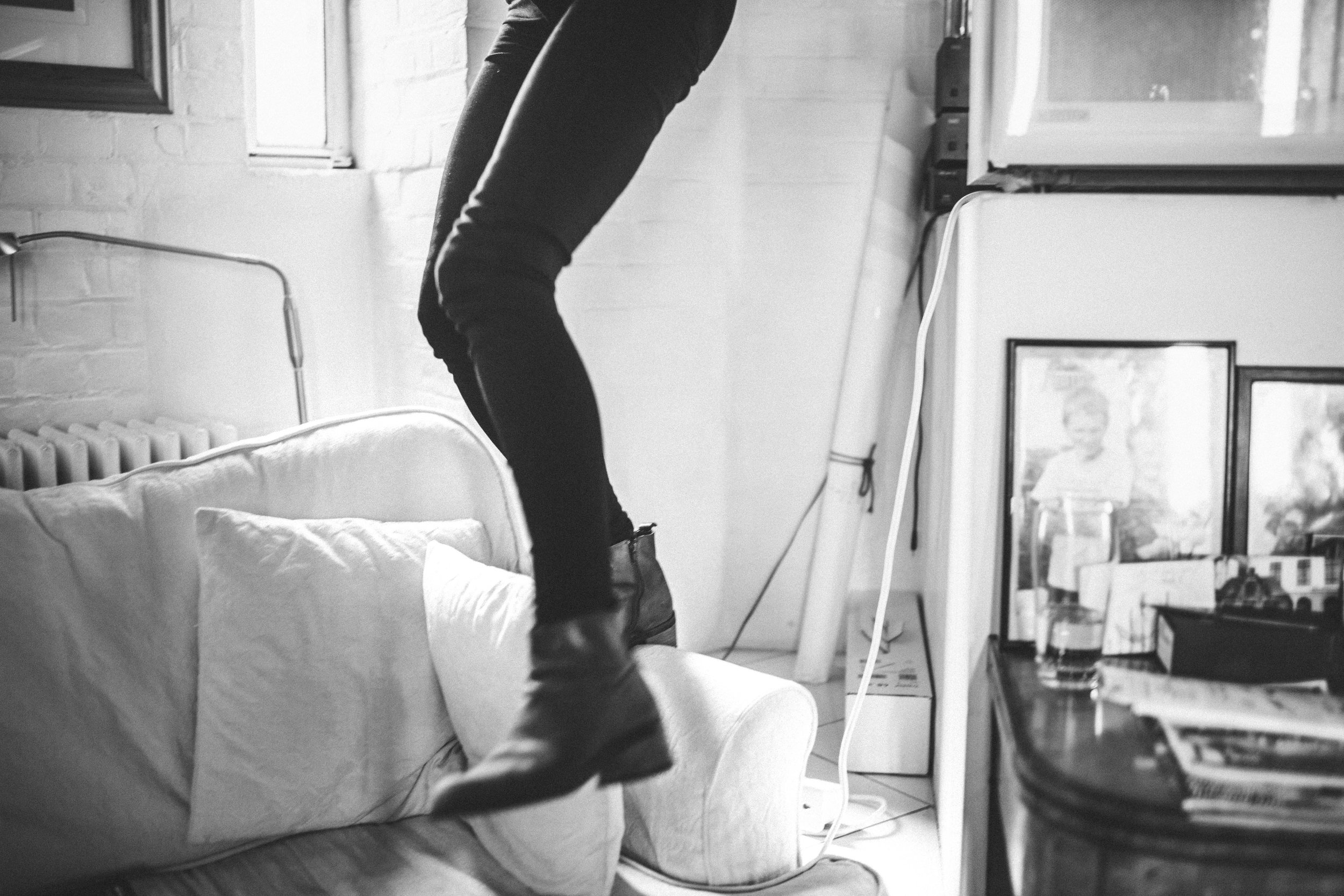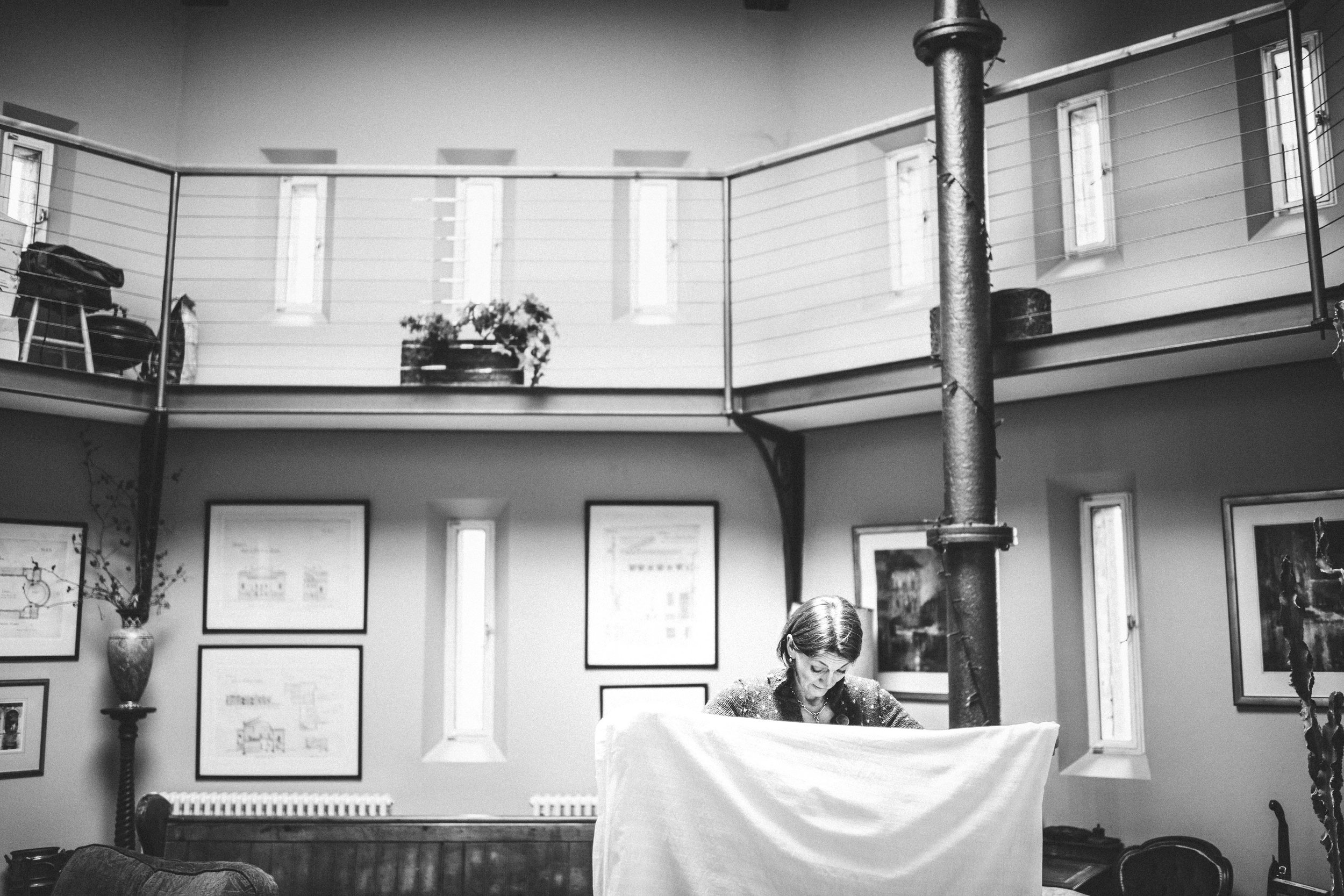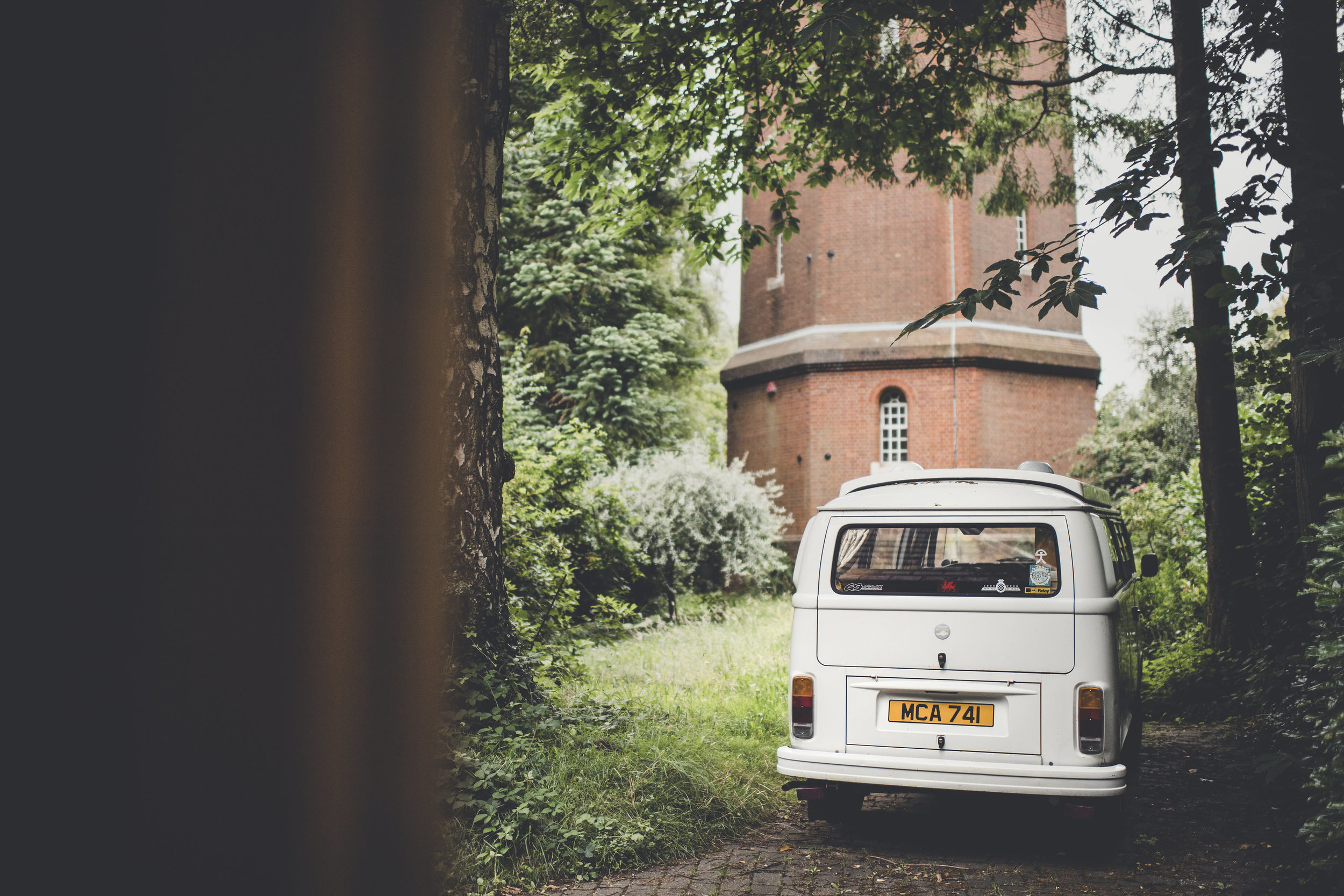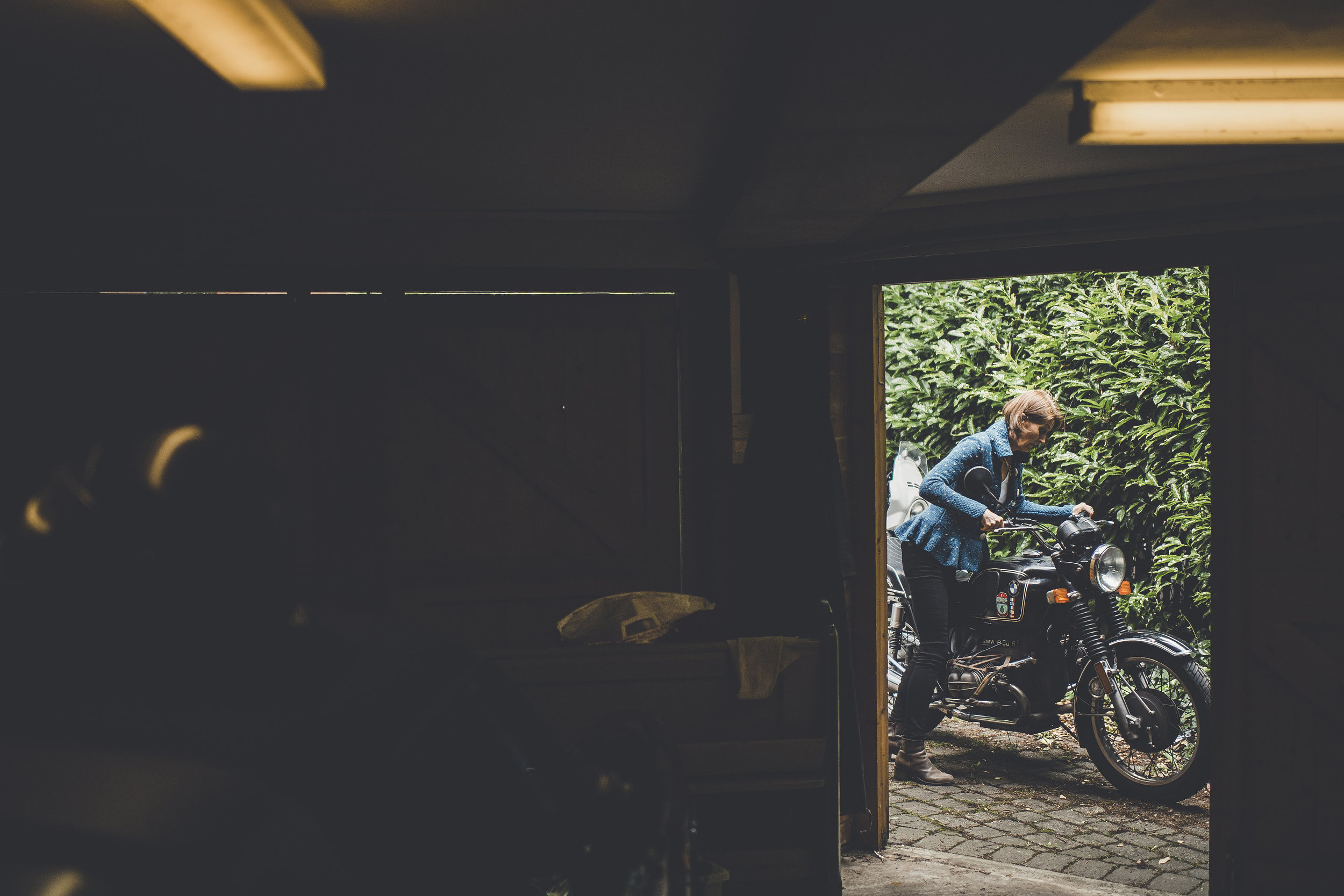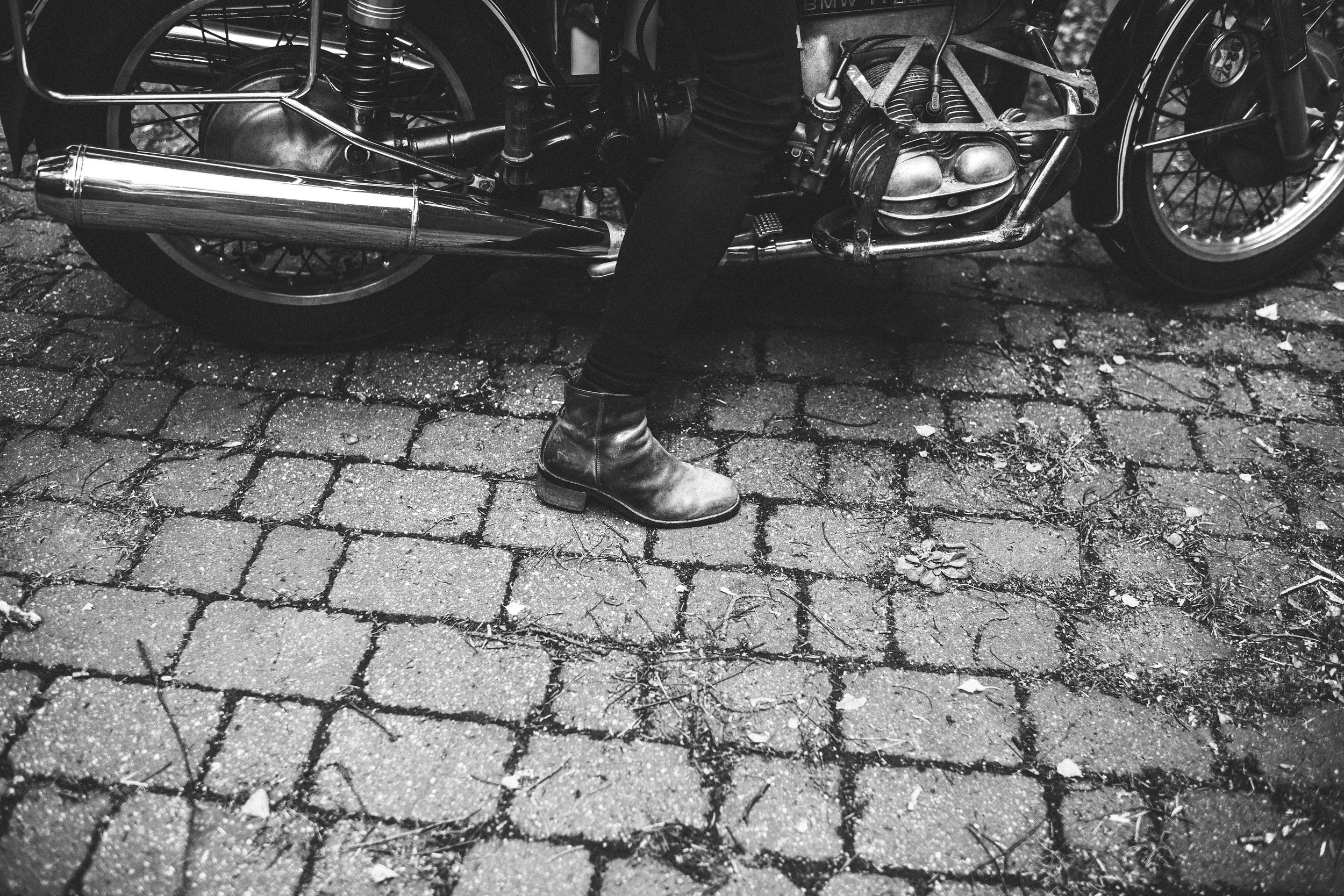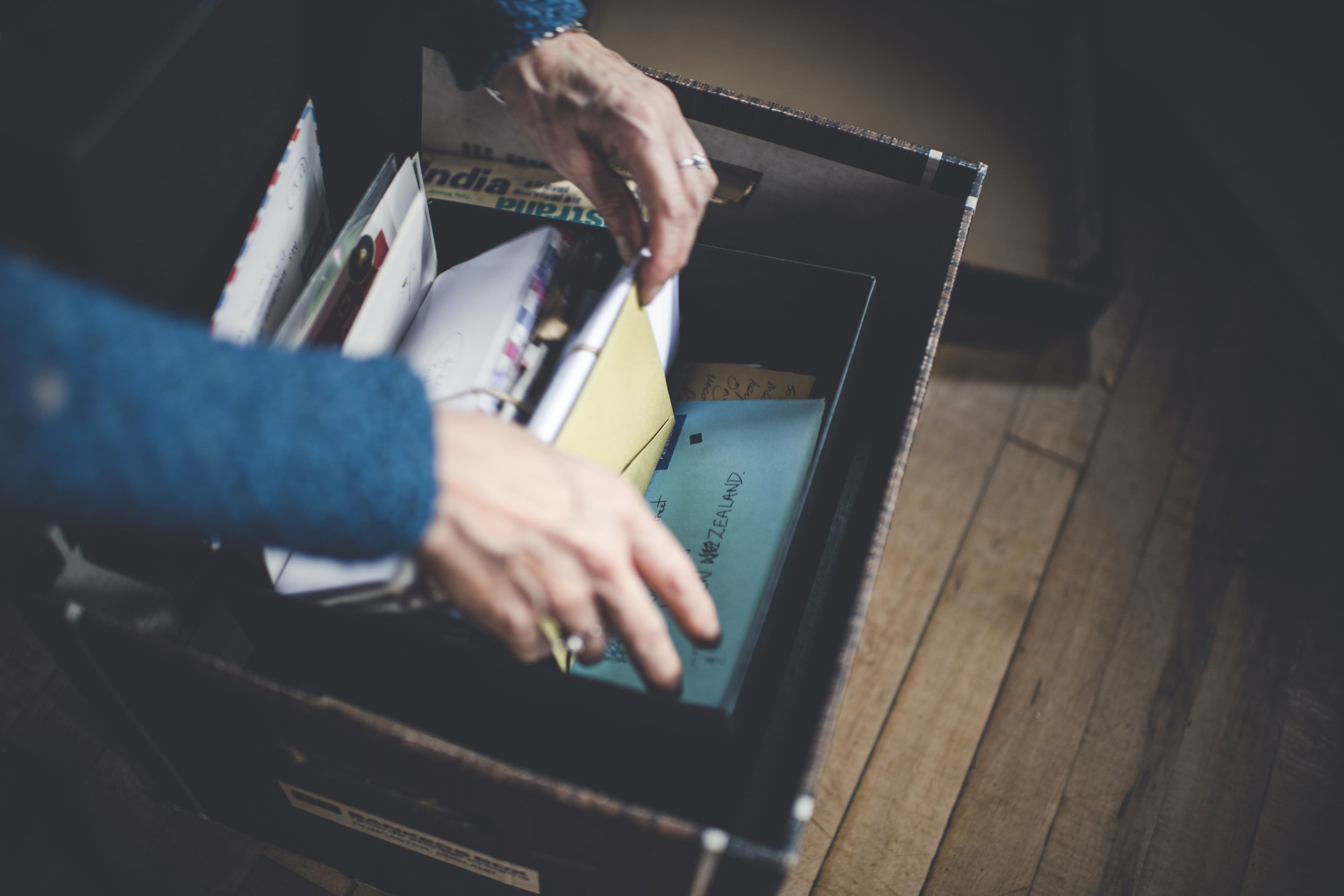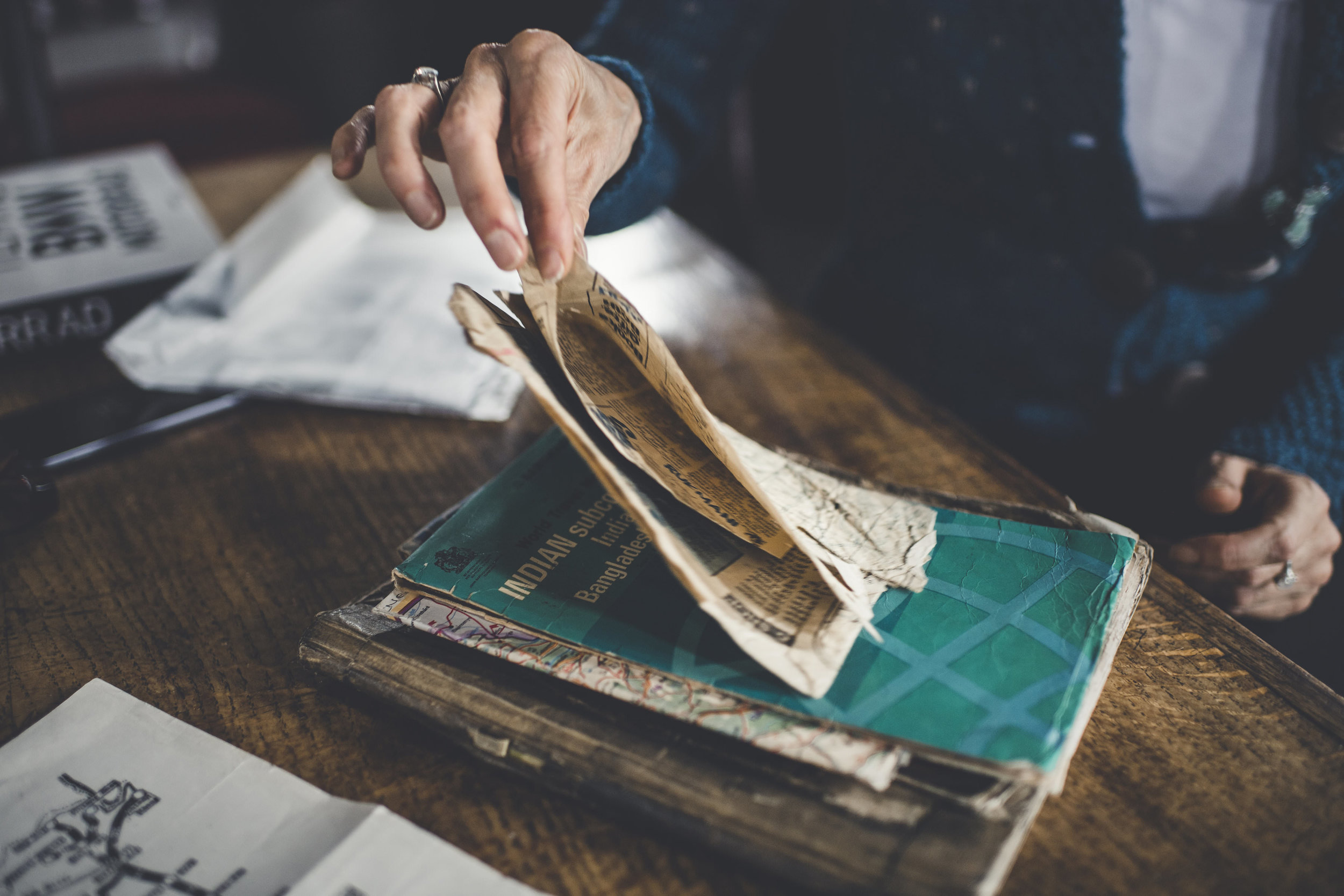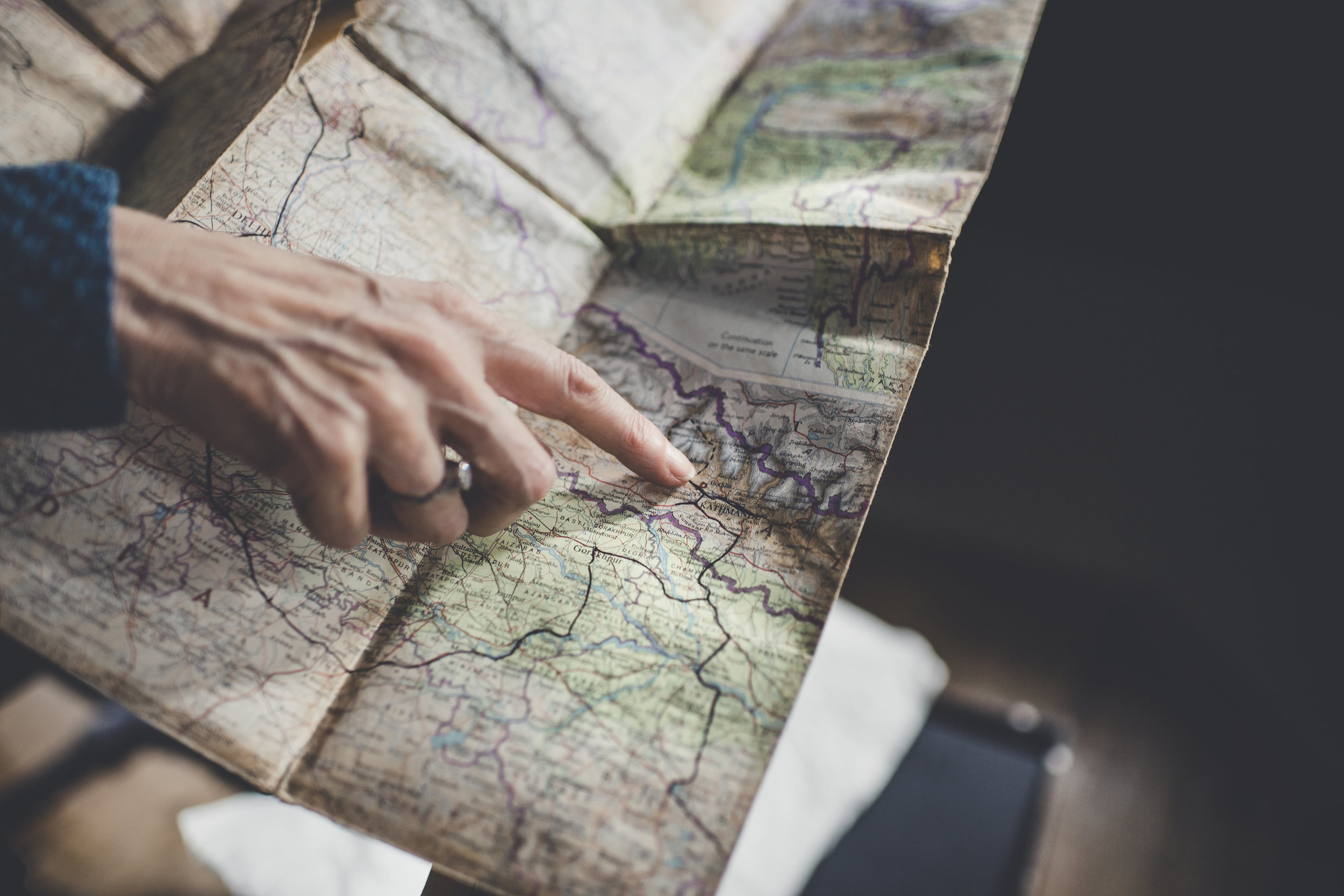ELSPETH: Vanguard
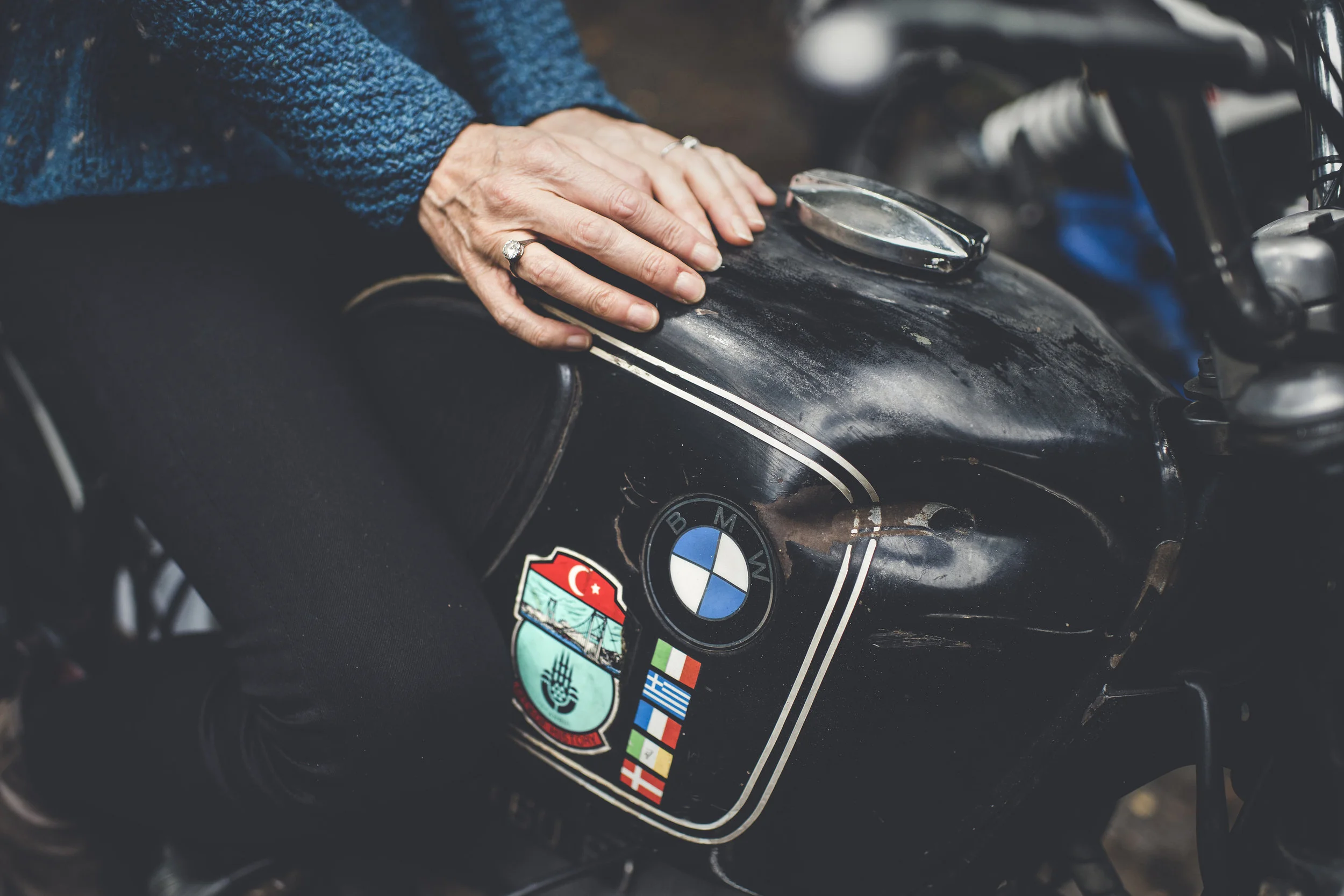
PHOTOS | AMY SHORE
Here at In Venus Veritas, we are all too aware that it is the women who came before us who have forged the path we walk and it is their strength and courage that allow us to continue to do so today. A couple of years ago I developed a fascination with a photograph I had found on the internet of an unnamed woman on a BMW on the streets of London. Who was this rider? What was her story? Was it real or a typical professionally styled fashion shoot all too common for the time? Questions abounded and it was only by pure chance, some time later, that I stumbled upon internet “clickbait” (designed to attract women like myself, clearly) which featured a list of twenty amazing women in the 20th Century. And there she was.
The photo that started it all - Courtesy of Elspeth Beard
She had a name: Elspeth Beard. Recognised for being the first British woman to ride around the world on a motorcycle - she was real. My heart swelled with pride for this woman I had never met who had accomplished such a defiant adventure. In 1982, Elspeth took the savings from her pub job in Marylebone, London and shipped her 1974 BMW R60/6 to New York. She returned three years later, a changed woman. Motorcyclist have a great article on the complete journey and thirty four years later, Beard has committed her story to page and released her book, Lone Rider.
You can read our review of Lone Rider here and pick up a copy of your own here.
Elspeth Beard is a woman who I have admired a’la distance for some time now and it is an absolute honour that she has agreed to an interview with us.
Kel McIntosh: Where were you when the idea to ride around the world on your motorbike first sparked? Was there a catalyst?
Elspeth Beard: I got my first bike when I was seventeen; it was a Yamaha YB100 and I saw it simply as a cheap and efficient way of getting around London. A year later I upgraded to a Honda CB250N and that was when I started to realise the travelling potential of a bike. I soon got bored with the Honda and in 1979 I bought a second hand 1974 BMW R60/6. My choice of bike was more luck than judgement as my boyfriend at the time knew someone who wanted to sell his bike. Although I knew little about BMW’s apart from their reputation for being reliable she just felt right when I sat on her. I started to do small trips, first around Scotland then Ireland and then Europe. It was at this stage I started to dream of riding my bike around the world but never really thought it would become a reality.
It was then a series of events which led to my final departure. I had finished my first three years in architecture and got a lousy degree so I questioned continuing with architecture at all. This combined with being broken-hearted convinced me that now was the time to leave so I left in October 1982.
KM: What was it about the BMW R60/6 that made you think “Yeah, that's my ride”?
EB: When I sat on her for the first time and rode her she just felt right almost like an old friend, I like the fact that the engines are so simple and fully accessible, so working on them and maintaining them is easy. If you understand how your bike works then you are not afraid of it. Being a flat twin, the centre of gravity is low to the ground; you don’t feel the weight of the bike so much. They are very practical and understated, which I also like.
KM: That is quite a rejection letter you got from Bike Magazine. What was going through your head when you received that?
EB: I sent out about thirty letters (including a photograph) to various bike magazines, bike manufacturers and BMW in Munich and received only two replies. A very polite reply from Germany basically saying thanks for my letter but we already know our bikes are pretty good and the best of luck. However the rejection letter from Bike magazine made me seethe with anger. I think what upset me most was not so much their attitude, I was used to this as biking in the early 1980's was very much a male only club. It was the fact they had actually bothered and taken the time and trouble to reply and then wrote what they did:
“Dear Elspeth,
Brecon said he’d write this letter but he can’t ‘cos his tongues jammed his typewriter.
Julian asks if you’ve got a eight feet tall husband who’s also a karate expert?
Mike Clements has already formed the Elspeth Beard Appreciation Society and wants to know where in the world you’re going to be so he can get there first.
Me? I’d like to offer you sponsorship around the world but I think that’d be a waste and a shame for London.
Best wishes”
In some ways though I should thank them as it was things like this that made me even more determined to prove them wrong.
KM: We all face fear of varying degrees on a daily basis - When each day is drenched in the unknown, where do you find the courage to even leave for a trip of this magnitude, let alone do so for 2 years?
EB: I tried not to think about the whole journey in front of me but just took one country at a time. The world seemed a much bigger place then with no internet, mobile phones, GPS or any of the technology we all rely on and take for granted today. But it was venturing out into the unknown that made it so exciting, not knowing what was round the next corner or where I would end up that night. I felt as if I was on the edge of exploration (which clearly I wasn't!) and I think it was that slightly nervous excitement that kept me going. Life on the open road was very intense, I felt as if I was living every minute of every day. When I left I had no idea whether I would succeed but decided to get as far as I could wherever that may be. I have no idea what drove me but I was so determined to prove to my friends and family and most importantly to myself that I could succeed, nothing was going to stop me. In writing my book I have reconnected with various people I met along the way and one friend who I met in Queensland said I was 'obsessed!'
“I have no idea what drove me but I was so determined to prove to my friends and family and most importantly to myself that I could succeed, nothing was going to stop me.”
KM: Out of the complete journey, from idea to the ride, to standing before the R60/6 you had just gone around the world on and done the rebuild, what would you define as your greatest personal achievement?
EB: For me I think it was the fact I had succeeded and survived against all the odds, I came back a changed person, I was not afraid of anything. I learnt so much about myself as I had been tested to my limits and this gives you a sort of inner strength and confidence to tackle anything the world can throw at you. I would never take no for an answer (and still don’t!), if I couldn’t achieve something in one way I would go around it and tackle the problem from another direction. I learnt to think out of the box and be imaginative and resourceful, qualities that I have applied to my life and work ever since.
KM: Clearly, no adventure is without its low points. What was your worst experience and how did you overcome it?
EB: I had various low points - I was hospitalised twice, survived life threatening illnesses and had two brutal accidents, my fear was having an accident and lying injured in a ditch all alone thousands of miles from anywhere. With no way of contacting anyone and with no one knowing where I was I worried about my chances of survival and I didn't want to die alone. But I was lucky and you learn that the world is full of very kind people.
“My fear was having an accident and lying injured in a ditch all alone thousands of miles from anywhere... But I was lucky and you learn that the world is full of very kind people.”
KM: During your trip you did all your own bike repairs - Do you have mental checklist to get started on identifying the issue? What were the most common issues you faced on the bike?
EB: I did all my own repairs; having brought myself a Haynes manual I took the engine apart before I left so I could learn all about it. I was fairly obsessive about servicing my bike during the trip; I would change the oil every 3000 miles no matter where I was. I kept a very detailed maintenance schedule in the back of my note book and I would check my bike over almost every morning before I left. Buying a second hand bike meant that when I left in 1982 she was already eight years old with 45,000 miles on the clock so she needed constant looking after if she was going to get me home.
Most of my problems were with the electrics, which was the one part of my bike I never really understood. I found engines with moving parts easy to understand but currents passing down wires which you couldn't see were always a bit of a mystery to me and still are!
KM: You travelled to many unstable and downright dangerous places - how do you even begin to prepare for putting yourself in a risky situation?
EB: I tried not to think about the risk and danger, sadly as a lone female traveller you will often be seen as an easy target. However I think that if you exude confidence, hold your head up high and look purposeful the risks are reduced. With my helmet on I could pretend to be male but if I needed help I could remove my helmet, shake my hair and smile sweetly, so you have to learn to use what you have to survive. I also wore the most unflattering clothes I could find to draw as little attention to myself as possible and I always tried to move quietly though countries. It's also worth remembering that serious motorcycle gear in those days was only made for men with all the baggy bits in the wrong places so it was quite easy to pass off as a bloke.
Whenever I entered a new country I would always spend the first few days observing the women to see how they dressed and how they acted, I always tried to remember I was a guest in their country.
KM: What do you wish you knew before you left?
EB: More about the electrics on my bike!
KM: We love bike rebuild stories - Did you plan to do the rebuild when you got back or was it a case of conquering another challenge?
EB: When I got back I wheeled my bike into the back of my parents' garage and didn't look at her for months, I didn't even unpack her, it was almost as if I didn’t want to accept the trip had come to an end. But after six months I decided that after all she had given me she deserved a complete rebuild. I removed the engine and gearbox and stripped them down and rebuilt them, I re-sprayed the frame in my attic and put her back together again and she is still running today.
KM: What advice do you have for those who are still “waiting for the right time” in their life to do the things they dearly want to?
EB: Don’t wait for the right time as it will never come, you just have to go. One of the hardest things is actually leaving but once you’re on the open road and realise what an amazing experience you’re having all your fears will disappear. Conquering one's fears is what makes you stronger.
You can pick up a copy of Elspeth's book, Lone Rider here.
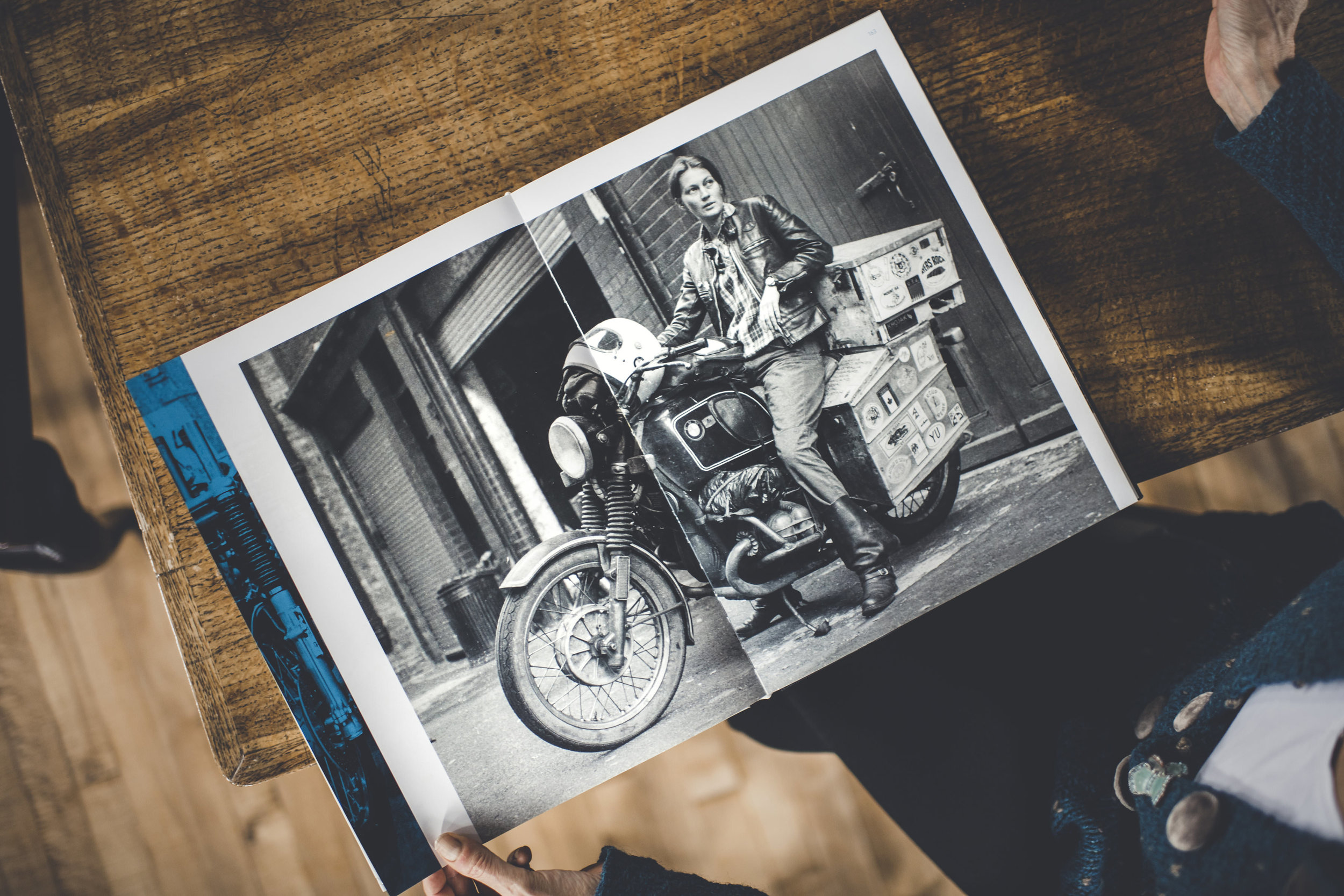
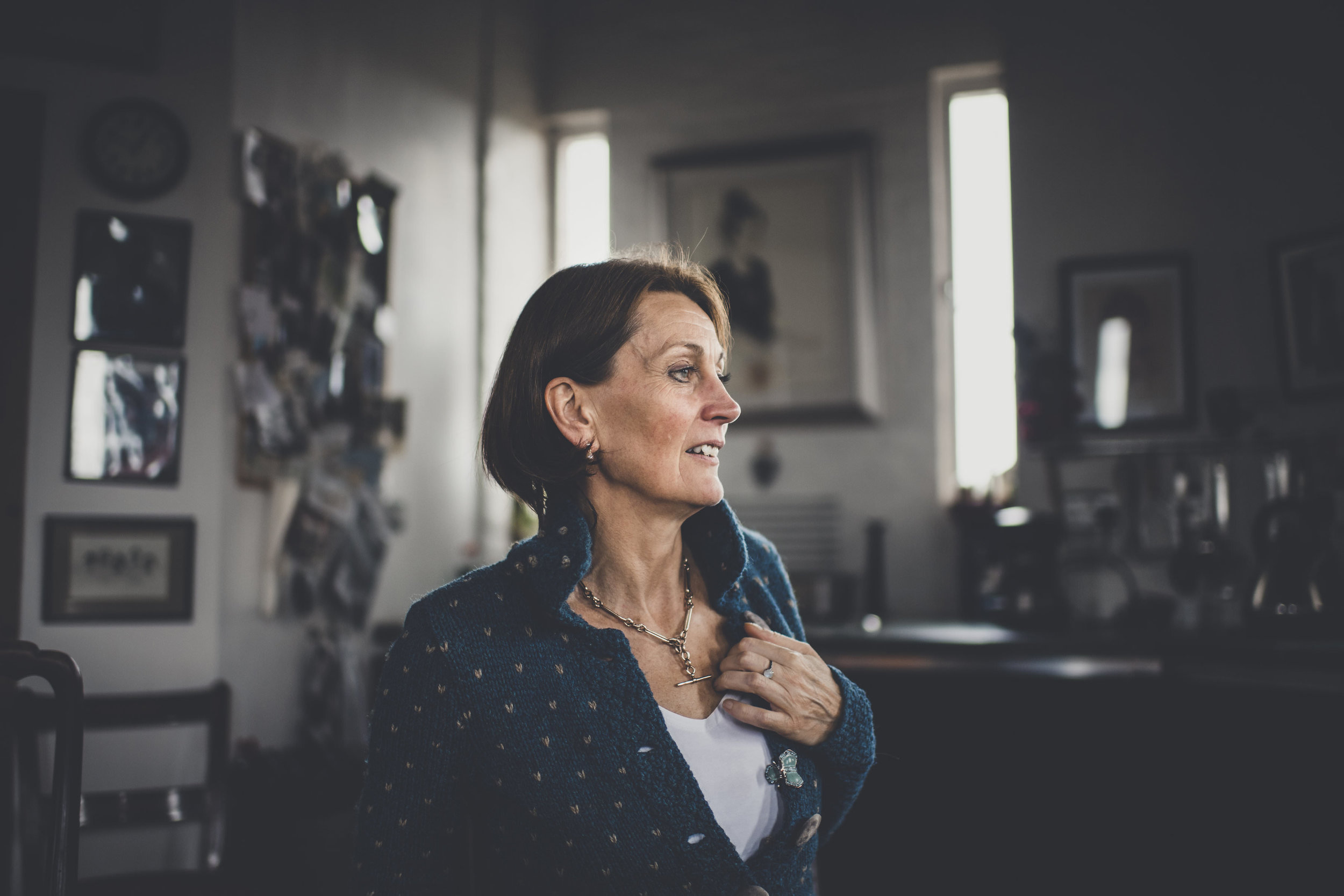


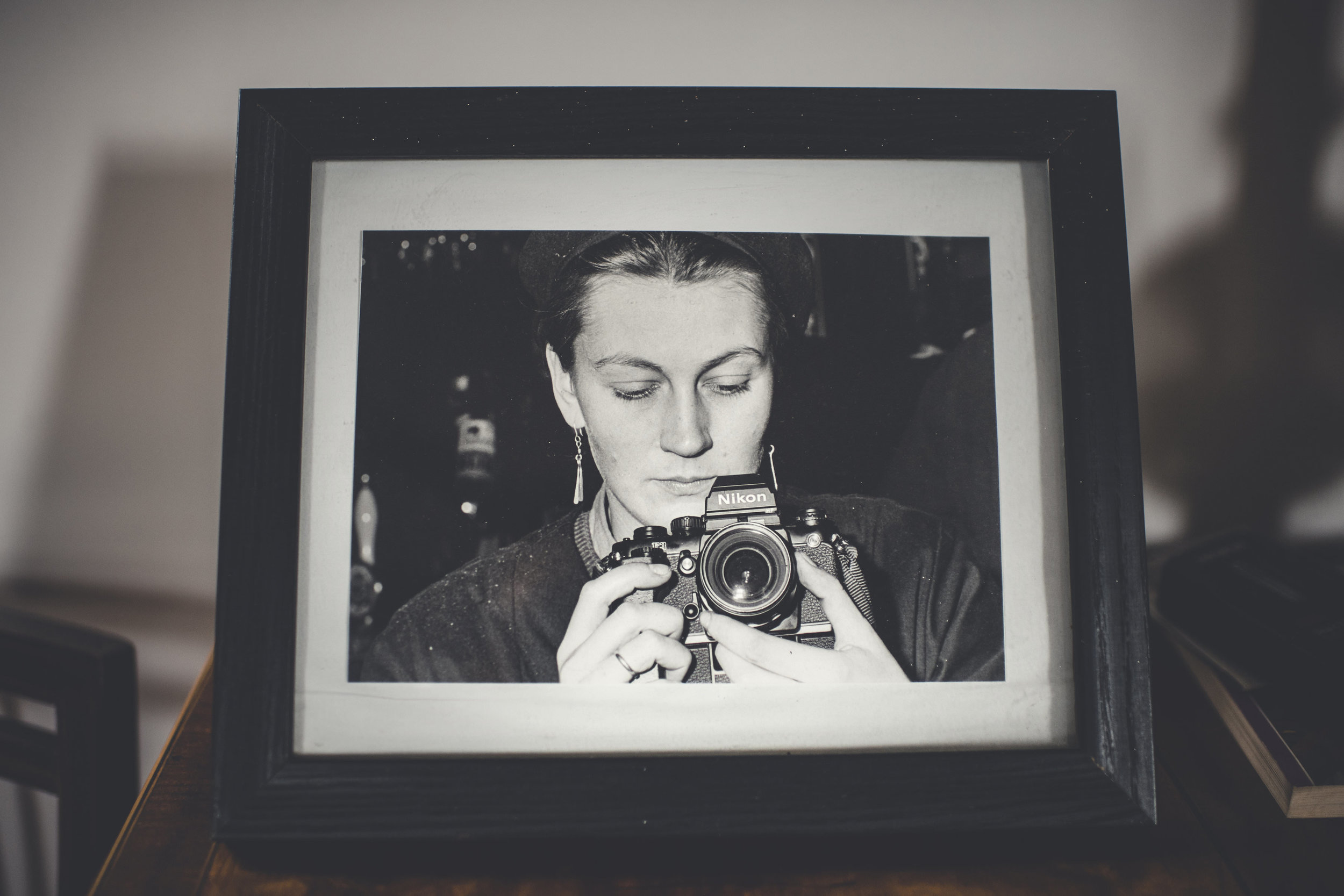
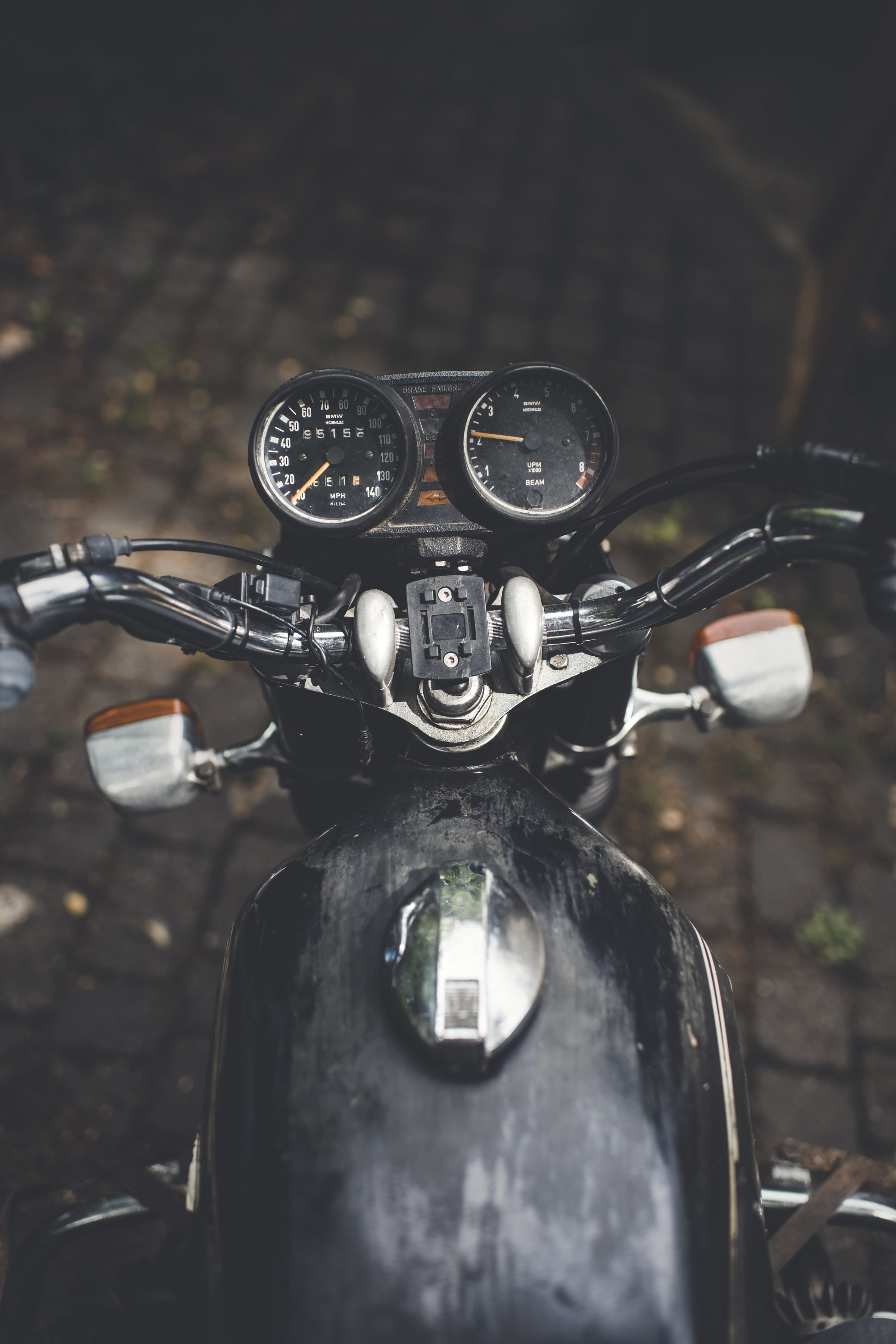
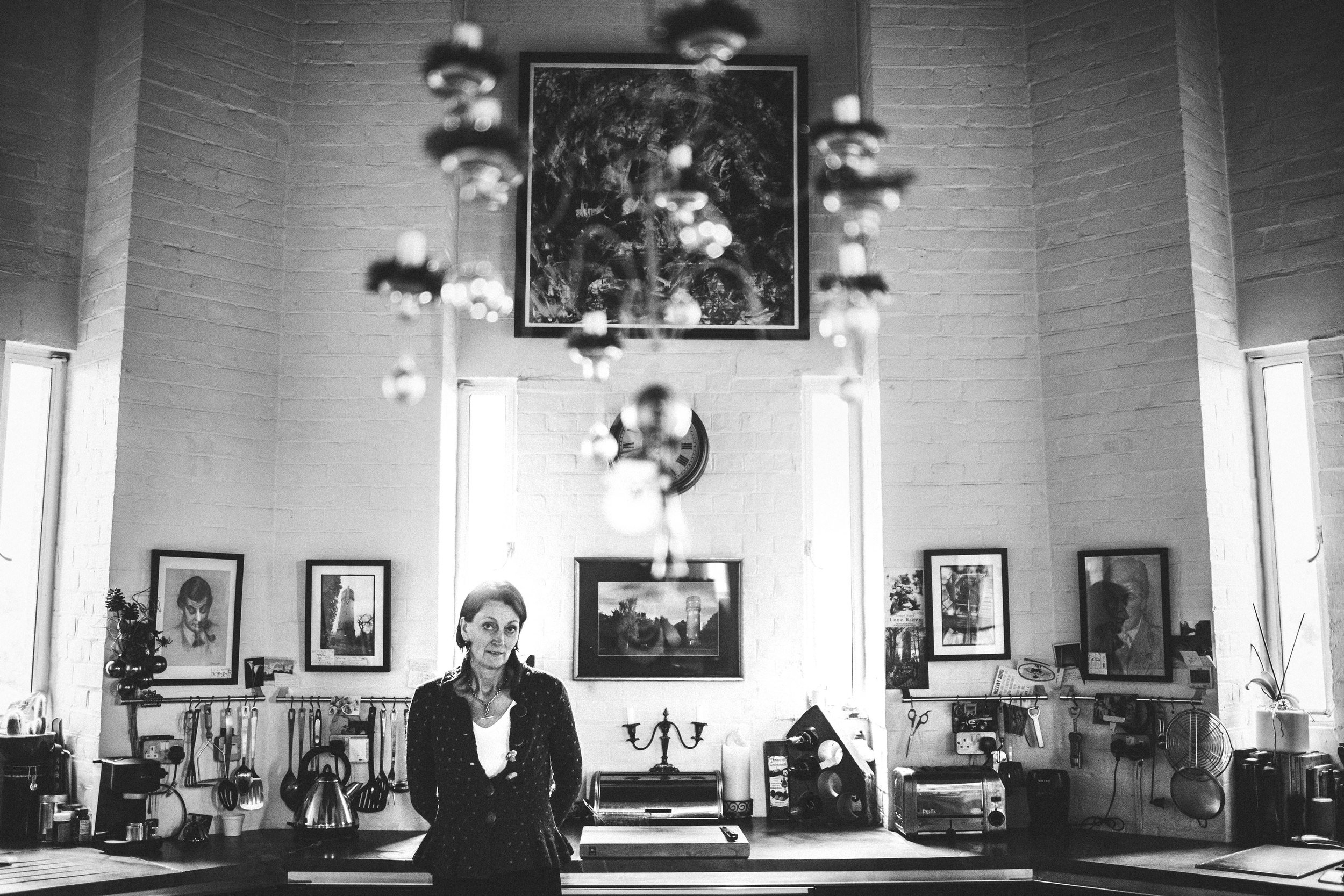
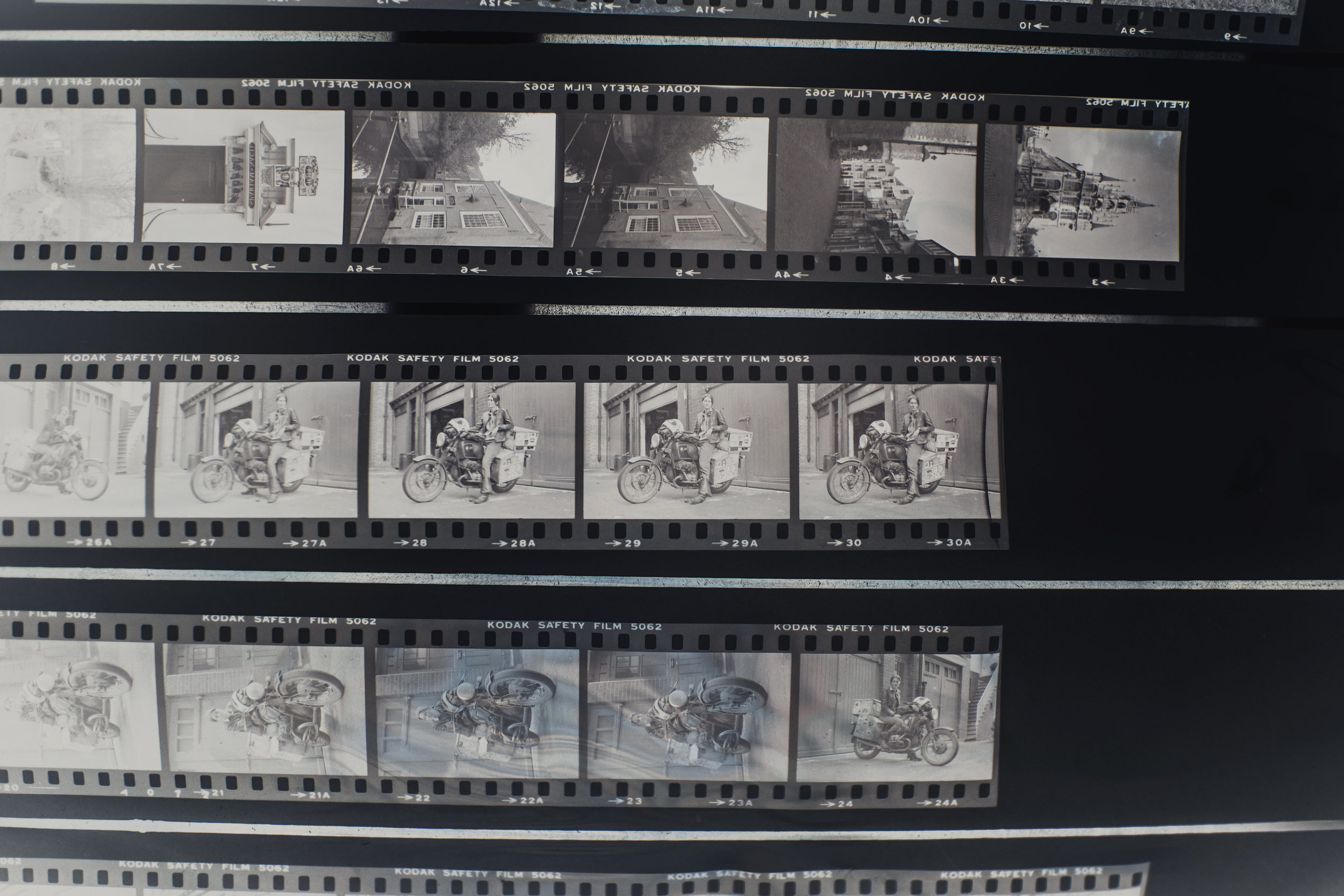
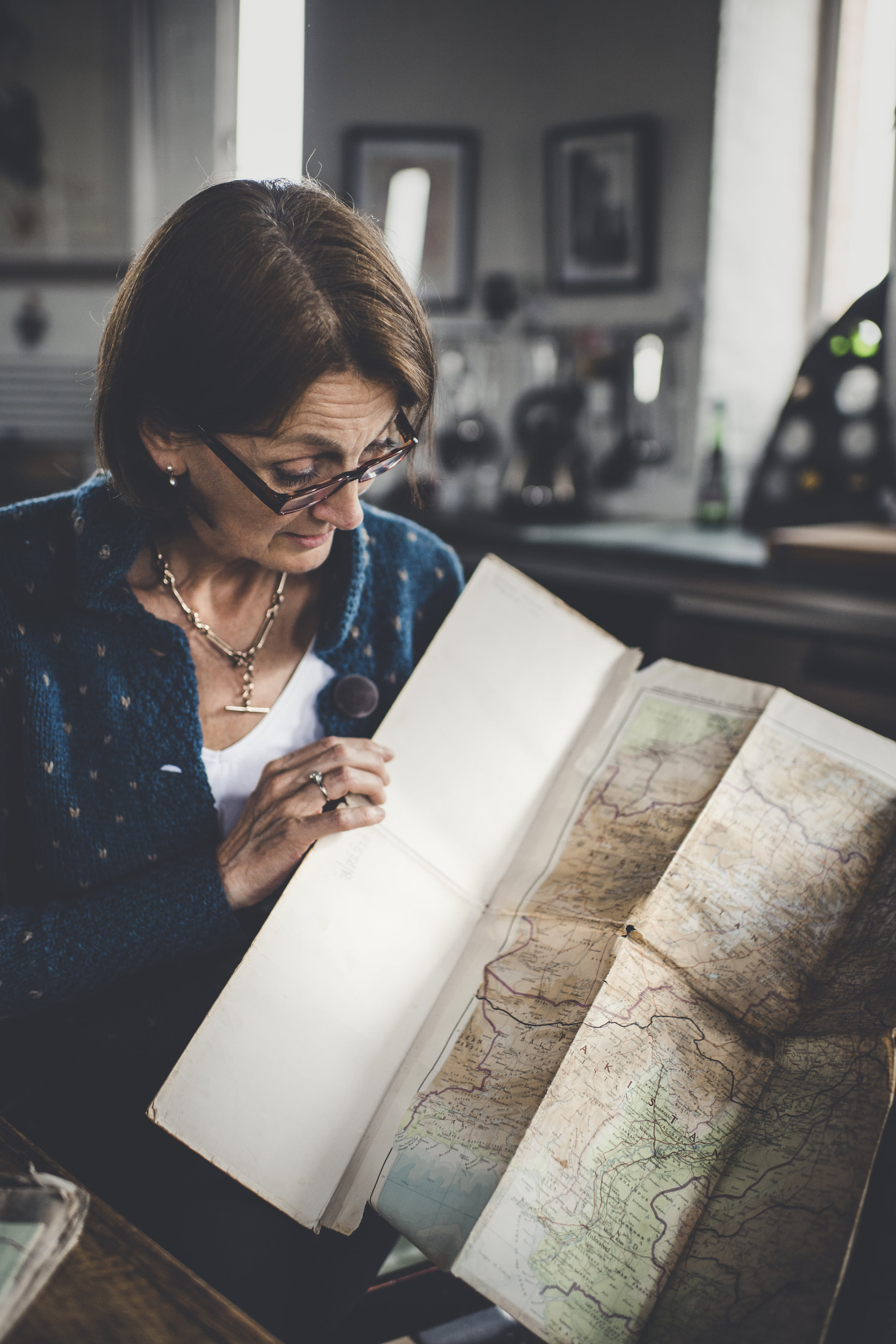
Kel has the face of a siren and the mouth of a drunken sailor. When not whispering sweet nothings to her CM250c, ‘Bronson’, she can be found in a museum, library or a bar.




